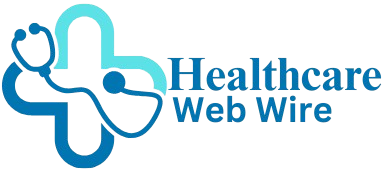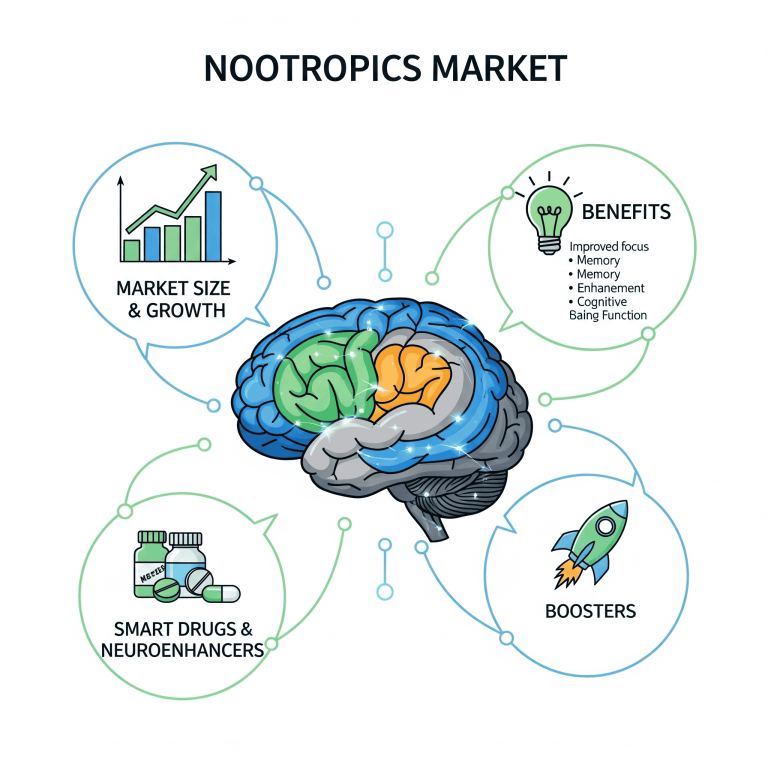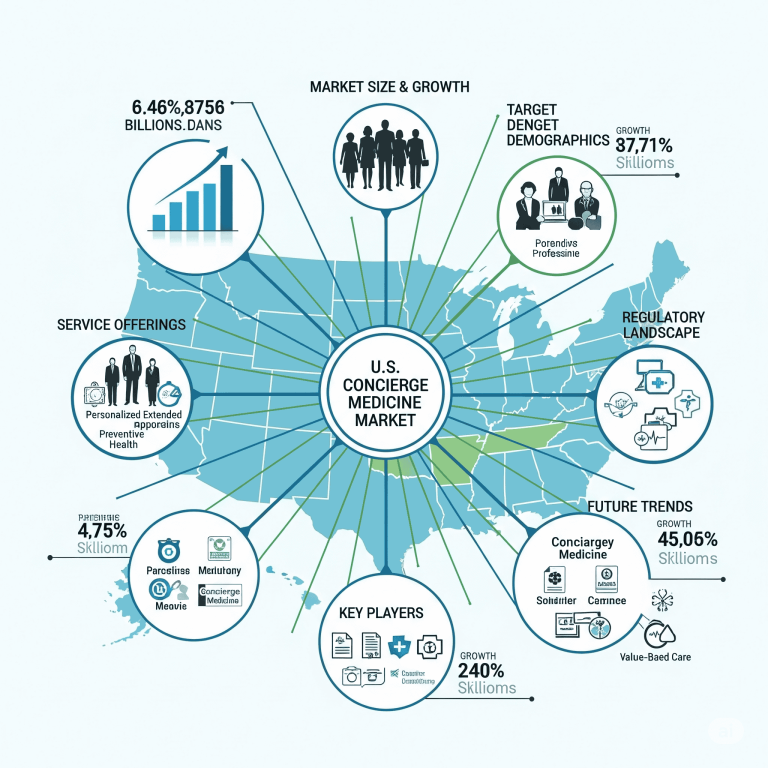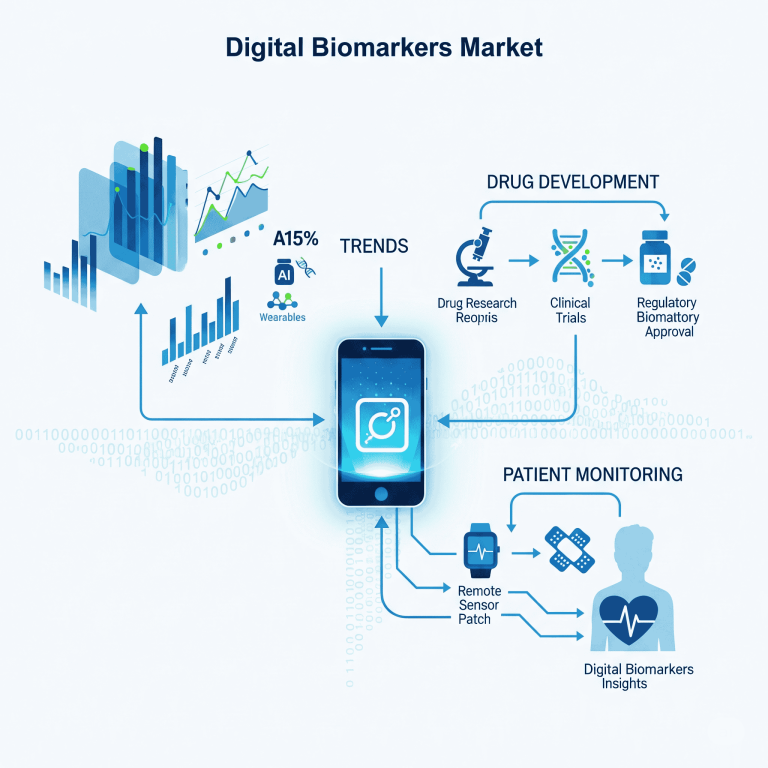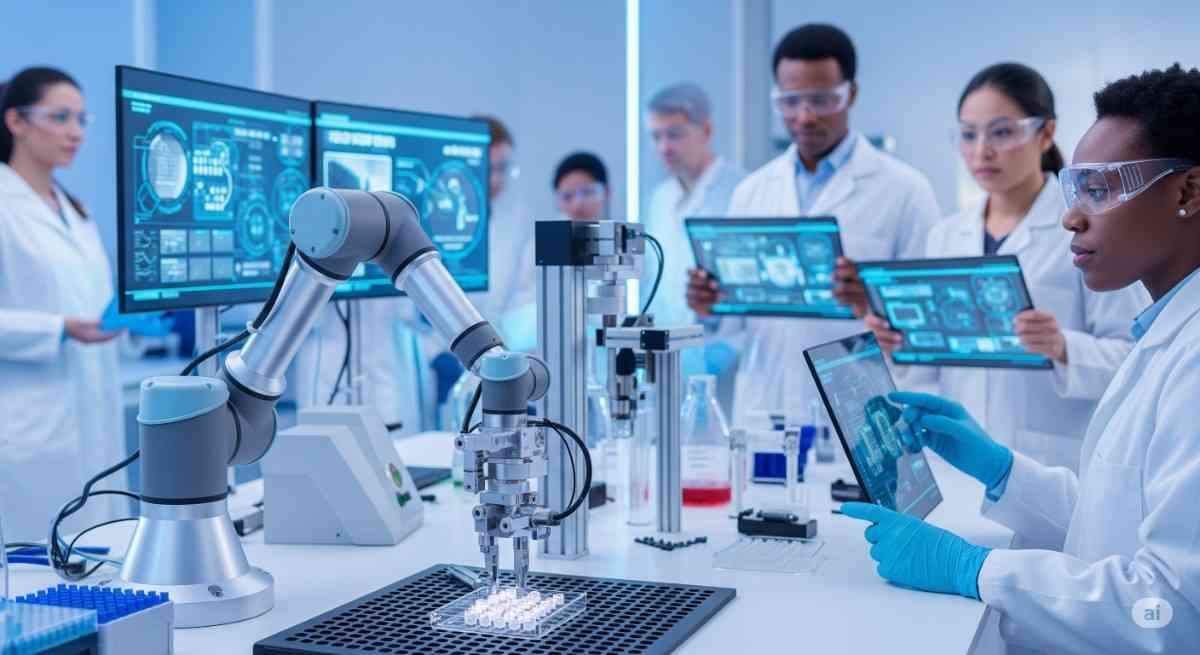
The robotics in drug discovery market is undergoing a transformative shift, driven by the growing need for speed, accuracy, and efficiency in pharmaceutical research. As pharmaceutical companies look for ways to reduce human error and boost productivity, robotics and automation have emerged as game-changers in the early stages of drug development.
Invest in Our Premium Strategic Solution: https://www.towardshealthcare.com/download-databook/5794
Market Overview
Robotics in drug discovery involves the use of automated machines to perform repetitive and precision-dependent laboratory tasks like high-throughput screening, compound analysis, and mixing. These systems drastically reduce human intervention, helping researchers deliver faster and more accurate outcomes.
In 2024, North America emerged as the dominant region in this market, thanks to its advanced biotech infrastructure and early adoption of robotics. However, Asia Pacific is poised for the fastest growth, driven by increasing R&D activity, government funding, and a boom in biotech startups.
Key Market Trends in 2025
The robotics in drug discovery industry is being shaped by several cutting-edge developments:
1. Integration of AI and Robotics
AI-powered robotics are revolutionizing drug discovery by analyzing large datasets, predicting compound behavior, and optimizing experimental workflows.
Example: In March 2025, Insilico Medicine unveiled “Supervisor,” an AI-driven humanoid robot that can autonomously supervise lab operations around the clock.
Get All the Details in Our Solutions – Access Report Preview: https://www.towardshealthcare.com/download-sample/5794
2. Global Collaborations and Infrastructure Investment
Major players are expanding their operations to support the growing demand for robotic systems.
Example: ABB Robotics partnered with XtalPi in China to deploy GoFa collaborative robots in automated lab workstations, improving R&D efficiency.
3. High-Speed Robotic Innovations
Robotic solutions are increasingly being developed to scale and support specialized applications.
Example: In February 2023, NYC Health + Hospitals implemented Parata Max 2, a high-speed vial-filling robot that can manage over 266,000 prescriptions annually.
Market Drivers, Restraints, and Opportunities
Driver: Rising Demand for High-Throughput Screening
Robotic platforms allow labs to process large volumes of compounds more quickly and reliably. As drug discovery becomes more complex, robotics enables 24/7 operation, reduces costs, and supports faster delivery of therapies.
Restraint: Technical Complexity and Maintenance
Despite the benefits, robotics systems require sophisticated hardware and software integration. Maintaining such systems can be costly and time-consuming, especially for smaller labs with limited budgets.
Opportunity: AI and Machine Learning Integration
By combining robotics with AI and ML, laboratories can adjust experiments in real time, reduce errors, and accelerate the identification of drug candidates. This evolution is leading to a smarter, data-driven approach to pharmaceutical research.
If you have any questions, please feel free to contact us at sales@towardshealthcare.com
Segmental Insights
By Type:
-
Traditional Robots: Dominated the market in 2024 due to their stability, scalability, and cost-efficiency in handling repetitive lab processes.
-
Collaborative Robots (Cobots): Expected to grow at the fastest CAGR as they are safer, more flexible, and better suited for dynamic lab environments.
By Component:
-
Hardware: Leads the market with robotic arms, pipettes, and automated workstations forming the backbone of lab automation.
-
Software: Forecasted to expand rapidly as intelligent algorithms become essential for managing complex lab workflows and data analysis.
By Operation Mode:
-
Autonomous Robots: Took the lead in 2024 by reducing the need for supervision and increasing output with consistent accuracy.
By End-User:
-
Biopharmaceutical & Pharmaceutical Companies: Held the largest market share due to significant R&D budgets and demand for accelerated drug pipelines.
-
Research Laboratories: Expected to grow fastest due to increasing adoption of robotics for early-stage drug screening.
Regional Highlights
North America:
Dominated the market with advanced research infrastructure, strong investments, and early adoption of AI-enabled automation tools.
United States:
Key driver of market growth due to robust biotech ecosystems, high R&D spending, and increasing demand for AI-integrated robotics.
Canada:
Gaining traction with increased automation in biotech labs and strong government support for life sciences innovation.
Asia-Pacific:
Poised for rapid growth as pharmaceutical industries modernize operations. Countries like China and India are investing heavily in robotics and automation.
China:
Rapid adoption of intelligent robotic systems and government support such as Beijing’s $1.4 billion robotics fund is bolstering growth.
India:
Rising investments under national R&D programs and growing biotech ecosystem are driving the adoption of robotics in labs.
Europe:
Countries like Germany, Switzerland, and the UK are leading the continent’s efforts in smart lab automation through collaborative research and AI integration.
Recent Industry Developments
-
May 2025: Toronto’s Intrepid Labs launched with $11M in funding to reinvent drug formulation using AI and robotics.
-
March 2024: Olis Robotics and Kawasaki Robotics partnered to improve robot diagnostics and uptime.
-
December 2023: Mitsubishi Electric opened a new automation facility in India to serve local and global markets more efficiently.
Frequently Asked Questions (FAQs)
What is driving the growth of the robotics in drug discovery market?
The need for faster, more accurate research and reduced human error is driving growth. Robotics accelerates high-throughput screening and improves efficiency in early-stage drug development.
Why are collaborative robots gaining popularity?
Collaborative robots are safer and easier to program, making them ideal for working alongside researchers in dynamic lab settings without the need for physical barriers.
How is AI impacting robotics in drug discovery?
AI enhances automation by allowing robots to analyze data, predict outcomes, and adapt workflows, leading to more efficient, data-driven drug discovery processes.
Which region leads the robotics in drug discovery market?
North America currently leads due to its strong infrastructure, early adoption of automation, and significant investment in life sciences.
What challenges are associated with adopting robotics in labs?
The main challenges include technical complexity, costly maintenance, and integration with existing workflows, which can hinder adoption, especially in smaller research facilities.
To access the full market report : https://www.towardshealthcare.com/price/5794
